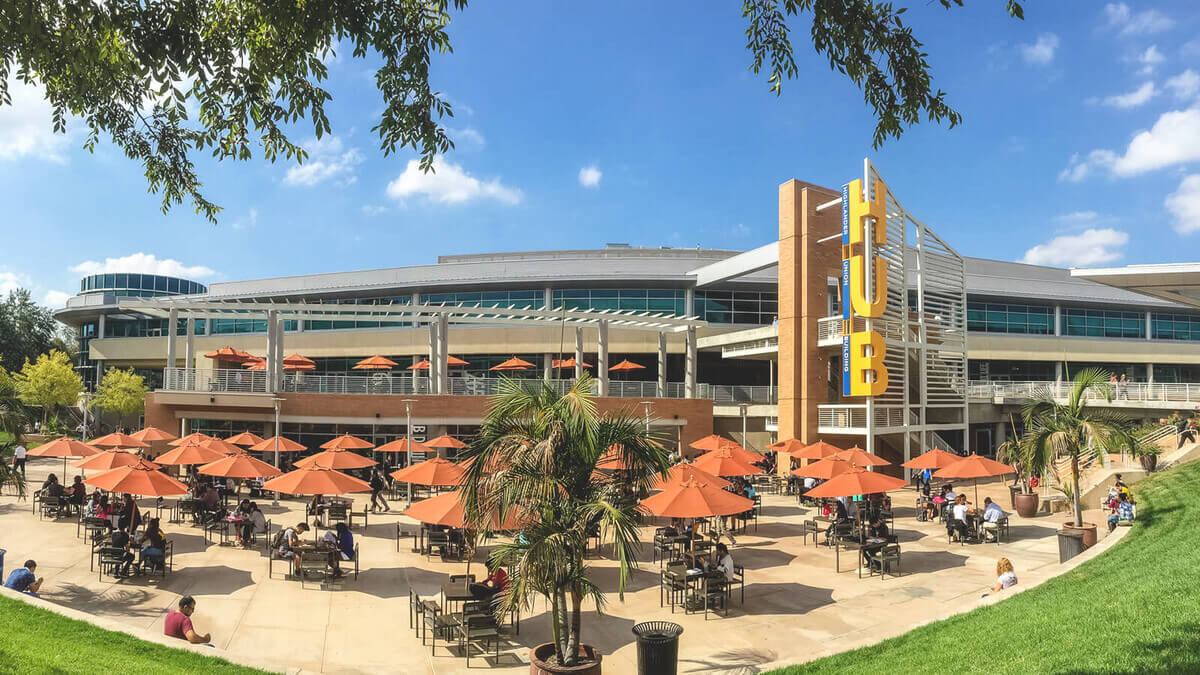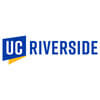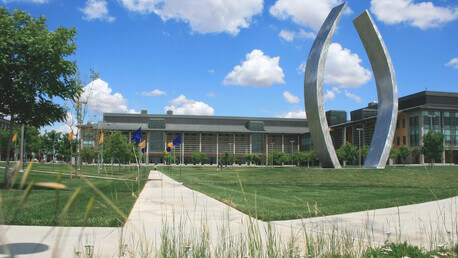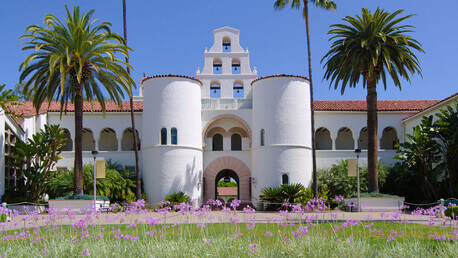


University of California-Riverside
Overview
The University of California-Riverside is a public institution on 1,200 acres of land in Southern California’s Inland Empire. A part of the UC system, UCR is home to colleges of Humanities, Engineering, and Natural Sciences conferring undergraduate degrees in more than 80 academic majors. A diverse commuter school and a member of the University Innovation Alliance, Riverside features the highest percentage of African Americans and the second highest percentage of Latino students of all UC schools. As a research institution, UCR is home to a number of centers and facilities, including the Brain Game Center and Center for Advanced Neuroimaging, and is currently developing two multidisciplinary research centers, as well. The Riverside campus also includes one thousand varieties of citrus trees and the university utilizes them to research plant sciences and biology.
Tuition, Cost & Aid
Affordability & Cost
Discover how military service can help you pay for college
Explore Military Pathways| In-State Tuition In-state tuition is the tuition charged by institutions to those students who meet the state's or institution's residency requirements. In-district tuition is the tuition charged by the institution to those students residing in the locality in which they attend school and may be a lower rate than in-state tuition if offered by the institution. | $14,170 |
| Out-of-State Tuition Out-of-state tuition is the tuition charged by institutions to those students who do not meet the state’s or institution’s residency requirements. Out-of-district tuition is the tuition charged by the institution to those students not residing in the locality in which they attend school. | $44,947 |
Room and Board The weighted average for room and board and other expenses is generated as follows:
| $19,433 |
| Books and Supplies | $1748 |
Aid & Grants
Student Loans
Admissions
Key Admissions Stats
- Not for Profit
- Coed
Need Blind
This school does not consider an applicant’s financial situation when deciding admission
Admissions Requirements
Important Deadlines
| Application Type | Application Deadline | Reply Deadline |
|---|---|---|
| Fall Regular Decision | November 30 | May 1 |
Admitted Student Stats
Admissions Resources
Academics
Key Academic Stats
- Online Classes
- Online Undergrad Degrees
- Summer Sessions
- Some Programs Requires Co-Op/Internship
- Study Abroad
- Honors Program
- Teacher Certification Offered
Degrees and Majors
Majors
| A B M D | |
|---|---|
| AGRICULTURAL/ANIMAL/PLANT/VETERINARY SCIENCE AND RELATED FIELDS | |
| AREA, ETHNIC, CULTURAL, GENDER, AND GROUP STUDIES | |
| BIOLOGICAL AND BIOMEDICAL SCIENCES | ✓ ✓ ✓ ✓ ✓ ✓ ✓ ✓ ✓ ✓ ✓ ✓ ✓ ✓ ✓ ✓ |
| BUSINESS, MANAGEMENT, MARKETING, AND RELATED SUPPORT SERVICES | |
| COMPUTER AND INFORMATION SCIENCES AND SUPPORT SERVICES | |
| EDUCATION | |
| ENGINEERING | |
| ENGLISH LANGUAGE AND LITERATURE/LETTERS | |
| FOREIGN LANGUAGES, LITERATURES, AND LINGUISTICS | ✓ ✓ ✓ |
| HEALTH PROFESSIONS AND RELATED PROGRAMS | ✓ |
| HISTORY | ✓ ✓ ✓ |
| LIBERAL ARTS AND SCIENCES, GENERAL STUDIES AND HUMANITIES | |
| MATHEMATICS AND STATISTICS | ✓ ✓ ✓ ✓ ✓ ✓ |
| MULTI/INTERDISCIPLINARY STUDIES | |
| NATURAL RESOURCES AND CONSERVATION | ✓ ✓ ✓ |
| PHILOSOPHY AND RELIGIOUS STUDIES | |
| PHYSICAL SCIENCES | |
| PSYCHOLOGY | |
| PUBLIC ADMINISTRATION AND SOCIAL SERVICE PROFESSIONS | |
| SOCIAL SCIENCES | |
| VISUAL AND PERFORMING ARTS |
Faculty Overview
Campus Life
Key Campus Stats
Housing
Athletics
- Baseball
- Basketball
- Cross Country
- Golf
- Soccer
- Tennis
- Track and Field
- Basketball
- Cross Country
- Golf
- Soccer
- Softball
- Tennis
- Track and Field
- Volleyball
Campus Safety
After Graduation
Post Grad Stats
REVIEWS
Read What Students Are SayingSimilar Colleges
 Merced, CA
Merced, CA Fullerton, CA
Fullerton, CA Long Beach, CA
Long Beach, CA Berkeley, CA
Berkeley, CA Davis, CA
Davis, CA Irvine, CA
Irvine, CA Los Angeles, CA
Los Angeles, CA La Jolla, CA
La Jolla, CA Santa Barbara, CA
Santa Barbara, CA Santa Cruz, CA
Santa Cruz, CA San Diego, CA
San Diego, CA Los Angeles, CA
Los Angeles, CA